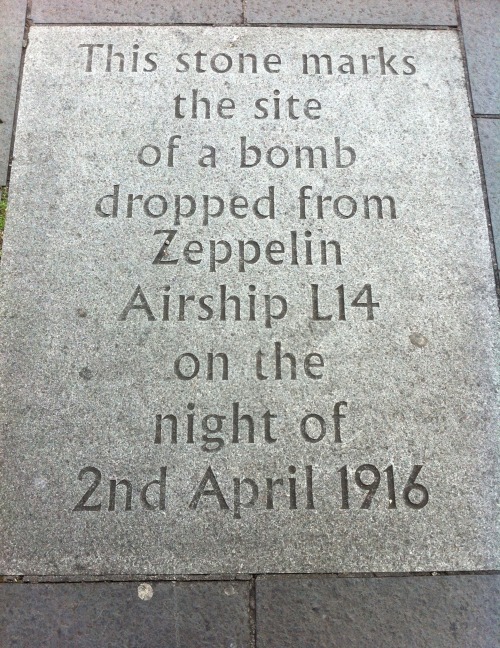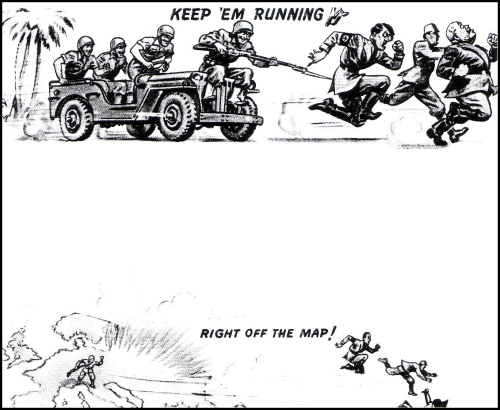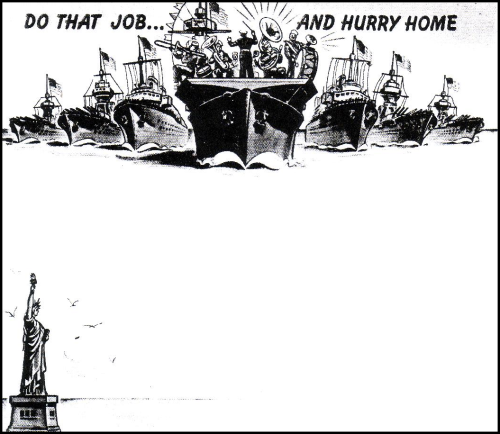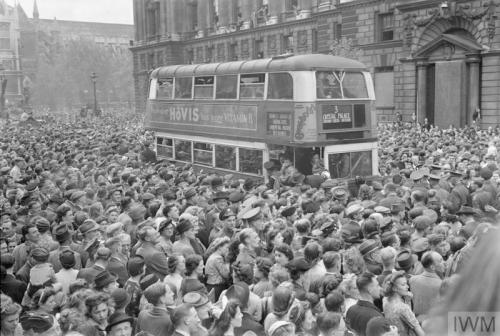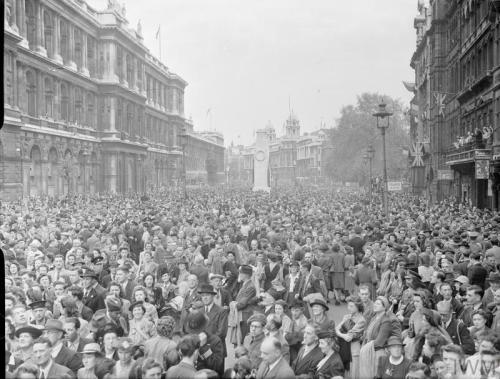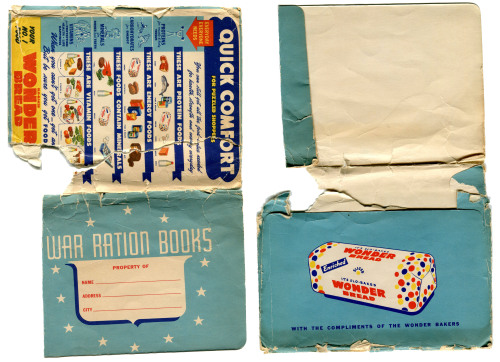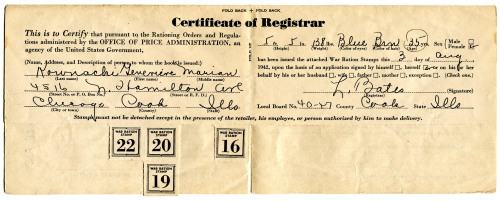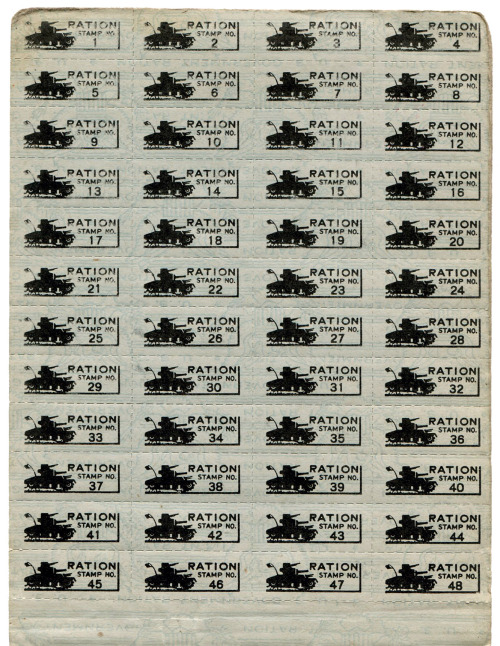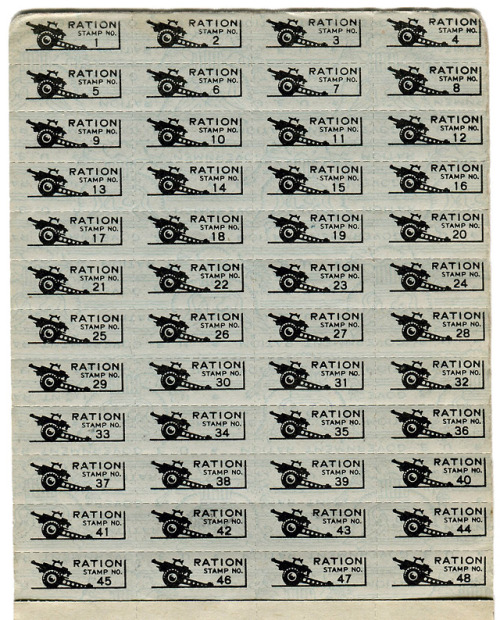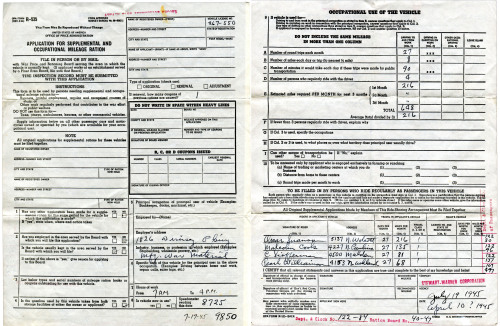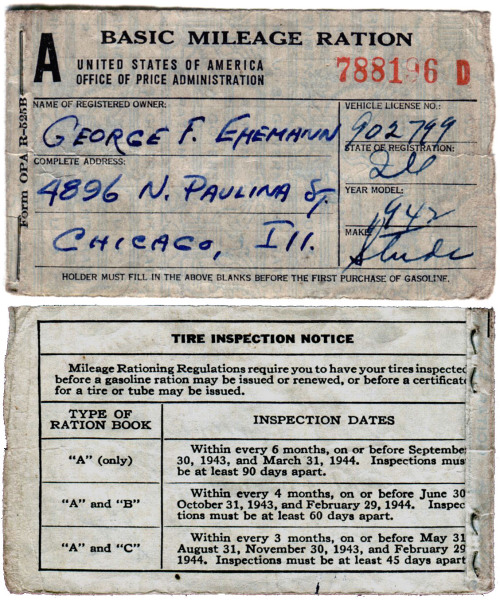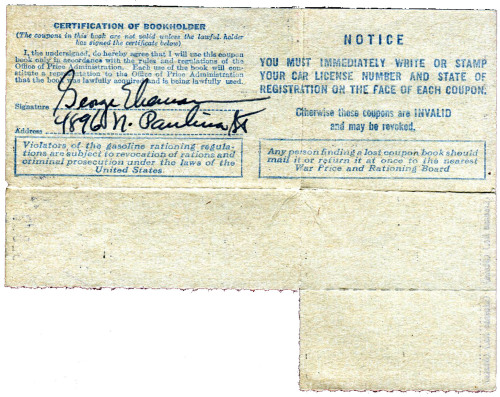#home front
life:
A welder at a boat-and-sub-building yard adjusts her goggles before resuming work, October, 1943. By 1945, women comprised well over a third of the civilian labor force (in 1940, it was closer to a quarter) and millions of those jobs were filled in factories: building bombers, manufacturing munitions, welding, drilling and riveting for the war effort.
See more photos here.
Post link
Centenary of Edinburgh Zeppelin Raid
Tonight marks 100 years since two Imperial German Zeppelins attacked Edinburgh and Leith resulting in the deaths of 13 people and injuring 24 others.
On the night of the 2nd April, 1916 four Zeppelins set out from the German Naval Airbase base of Nordholz with the intention to find and destroy targets of interest in and around the Firth of Forth especially the large Naval facilities of Rosyth. One of the Zeppelins, L13 was forced to turn back due to technical difficulties whilst L16 made an abortive journey to Northumberland.
The remaining two Zeppelins: L14 and L22 approached Leith and Edinburgh. L22 caused minor damage to Edinburgh having jettisoned much of its payload in open country near Berwick-Upon-Tweed. L14 however made a sustained attack on both Leith and the Scottish Capital. In Leith nine high-explosive bombs and eleven incendiary bombs were dropped on the town destroying several houses, businesses and warehouses. One man and a baby were killed.
L14 then continued on to Edinburgh were a further 18 high-explosive bombs and six incendiary bombs were dropped killing 11 people and injuring a further 24 others. Four houses, three hotels and a spirits store were severely damaged with Princes Street station and several other building sustaining lighter damage.
The images included are as follows:
i – The memorial pavement stone situated in the centre of Grassmarket in front of the White Hart Inn which was devastated in the 2nd April raids.
ii – The devastated Grassmarket buildings which includes the White Hart Inn.
iii – A close up of the White Hart Inn.
iv – Zeppelin L14
Post link
A Belgian woman, who was a forced labourer in Germany, returns home in November 1918.
Original image source: Library and Archives of Canada
Post link
9/11
Portrait of a woman on the home front working in a factory in Lancashire, UK. September, 1918.
Original image source: Nationaal Archief
GWICwill be posting one portrait each day until November 11th.
Post link
May 15 1918 OTD on the Home Front

IWM Q 109886 - “Female labourers of the Lancashire and Yorkshire Railway, Chief Mechanical Engineers Department unloading ashes from the carriages, 15th May 1917. Fourteen women in total were employed in this and other labour work.”

IWM Q 109884 “Female workers of the Lancashire and Yorkshire Railway, Chief Mechanical Engineers Department employed in obsuring lamps, enforced due to lighting restrictions, 15th May 1917. Three women in total were employed on this work.”

May 15 1917 This photo, IWM Q 109860, shows three members of a fourteen strong group of female employees of the Lancashire and Yorkshire Railway cleaning the glass roof of Clifton Power Station near Manchester.

May 15 1917 In a plant at Horwich Works near Bolton, UK, this photo, IWM Q 109905, of Female employees working alongside their male colleagues of the Lancashire and Yorkshire Railway work to make 6" high explosive shells. At the plant there are 106 women and 36 men are employed.
15 May 1917-05-15
VE Day Celebrations in London (May 8th, 1945):
A mounted policeman tries to clear a path for traffic. Crowds of people have gathered in Whitehall to hear Churchill’s speech, including Grenadier Guards, members of the Home Guard, and civilians. In the background is a soldier on top of a bus stop.
A young man holds a Union Flag aloft. To the left of the photo, the back of a bus packed with people can be seen.
A number 3 double-decker bus slowly pushes its way through the huge crowds. Behind the bus, people line the balconies along the street.
Photograph of the crowd taken from the Parliament Square end of Whitehall, looking past the Cenotaph towards Trafalgar Square.
Post link
An ARP (Air Raid Precautions) Warden inspects bomb-damaged buildings in Holborn, London during WW2.
Post link
Glued into my Grandma Alice’s scrapbook is this event flyer from my Grandfather’s work. Stewart Warner made various gauges and instruments for The War, so big events of this nature aren’t that surprising. What is, is the date. The only September 8th on a Tuesday during WWII (and the immediate years following) was in 1942. That’s still rather early for U.S. involvement. Then it occurred to me that this might have been more of a war rally than an awards recognition. While I can’t seem to find anything on the internet about this event, I think that I might be on to something. This time period was during the first major U.S. push in the Pacific, and about a month into the very long Battle of Guadalcanal. Though while the First War Loan Drive didn’t begin until November of ‘42, I still think it is safe to say that besides some presentations it was also a sort of pep rally.
Post link
Wrapping up my WWII rations collection are coupons for the grocery store. While the initial thought would be that this was to make sure food was available for the troops (which in some cases was the fact), the real reasoning went beyond the actual food stuffs. It actually had to do with the processing and delivery. Like I had mentioned in my earlier rations posts, a big driving factor was the use of rubber. Hence limiting the amount of stuff you could buy meant that less stuff would have to be transported = less wear on precious tires. There was also the thought that less tin would be consumed by cans if people couldn’t buy as much. While true, I have read that the tin shortage wasn’t really as bad as the public thought. Either way, the rations did help cutback on cans.
This is by no means all of the paperwork involved with rations. As a matter of fact there was a War Ration Book No. 4 issued later on that I don’t have, and plans for a Book 5 as well. I like how over time the rations became more stylized, as you can see comparing Book 1 stamps with Book 3. (And Book 4 was even more so.) Besides the graphics the other thing I really like is the slogan that was used throughout the war years. “If you don’t need it, DON’T BUY IT.” Words that I still live by today.
Post link
Along with all of the WWII gas rationing items I recently posted is this form. It apparently had to be filled out by anyone that needed supplemental gas rations; in my Grandpa’s case that would be for his “B” sticker he received because his work was considered vital to the war effort. The form was also used by people that required extra rations because of business needs, driving to school (I’d assume college), an extra long commute, or working for the public welfare.
In this day and age of fears about an intrusive government I can’t imagine this form being accepted. Not only does it require the driver to keep track of their mileage, it also needs to be signed by the place of employment and everyone in your carpool. If such a thing were proposed today we’d all be exposed to non-stop rants and ravings about “Big Government” trying to destroy our freedoms.
Post link
Rationing was a way of life during WWII. From gasoline to pantyhose, it seemed like everything was limited. In old photos you can see the ration stickers on car windshields (the green “B”), which was there to show the attendant how much gas you were allowed to purchase. With this you received stamps and other various paperwork that had to be filled out in order to get your fuel. An “A” sticker was issued to the general public. The “B” my Grandpa Ehemann received was because his job was considered vital to the war effort. This meant he was allotted up to eight gallons a week. There were six different window stickers and even a “R” one for farm vehicles. These were a part of everyday life. So much so they became part of popular culture, like at the end of this classic Bugs Bunny when his crashing plane doesn’t crash because it runs out of gas. Why, because he only had an “A” sticker.
An interesting yet lesser known fact is that the rationing wasn’t really created to control fuel consumption, but was there to help save on tires. Gasoline could be made domestically, but rubber trees don’t grow here (at least not in mass quantity). That raw material came from Asia, which of course was controlled by Japan at the time. That’s why if you look closely at the paperwork you’ll see a lot of references to mileage and tire inspections. There was even a national speed limit of 35 MPH put in place to help curb tire wear.
Here’s an example of some of the ration paperwork one had to keep track of to fill-up at the station. The photo is of my Grandfather’s 1942 Studebaker that is referred to in paperwork. There were some other ration related items I’ll get to later.
Post link


